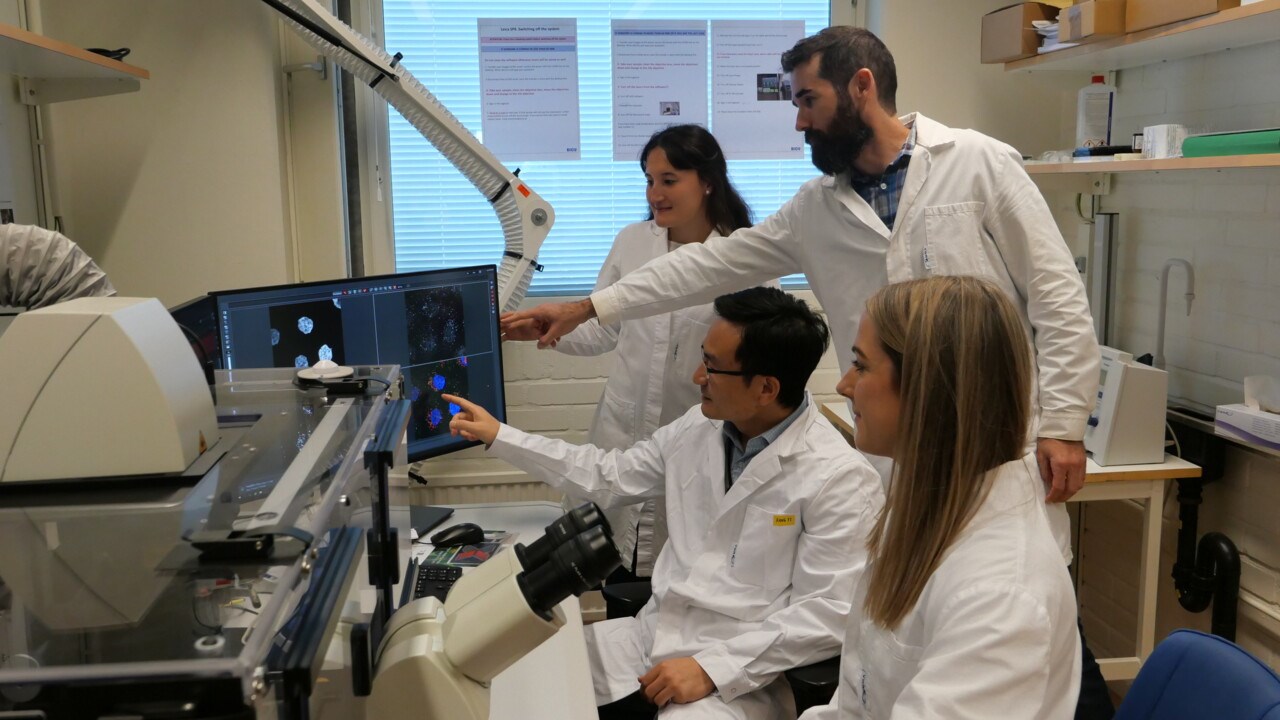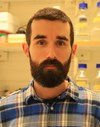About Umeå Centre for Microbial Research, UCMR
UCMR is a Centre of Excellence promoting interdisciplinary cutting-edge molecular and translational microbial infection research at Umeå University. UCMR was founded in 2004 and today the science environment comprises 67 research groups with outstanding track records in the fields of microbial pathogenesis, molecular and cell biology, chemistry, clinical microbiology, structural biology, immunology, epidemiology, microbial ecology, physics, mathematics, and data-driven science.




